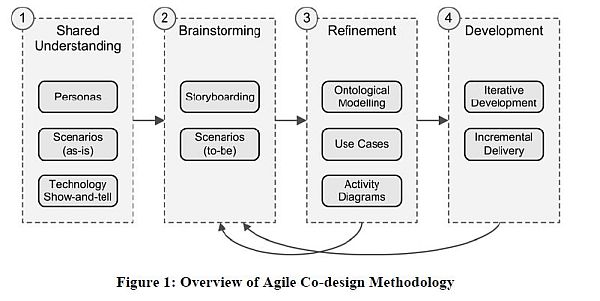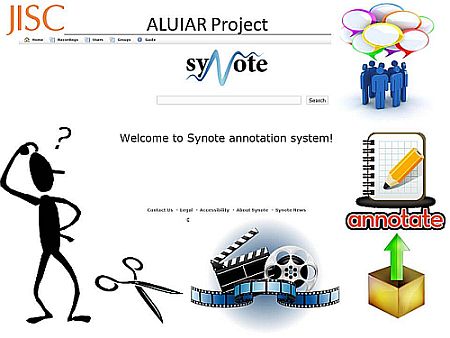Whilst going over the decisions made at the previous meeting it was clear that many issues were arising and Yunji mentioned that it would be helpful to divide up the concerns under Look&Feel and Functionality. The resulting picture developed with the priority being set to find an easier way of uploading media.
This is to be followed by a way of making it easier to work within the Player, first as someone who is just viewing, listening, annotating and exporting media and then, as a separate process, as one who edits and analyses media. This is where the colour coding, conventions and more detailed transcript editing takes place.
The look and feel changes include a step by step approach beginning with instructions appearing on the home page. Better filters for search and more guidance on other pages as the user progresses. Page name changes and other items are going to be added as we work through each section in a similar fashion to the way the interviews were carried out.
Changes will be shown at the design stage on the blog so they can be agreed by members of the team and others using Synote.





